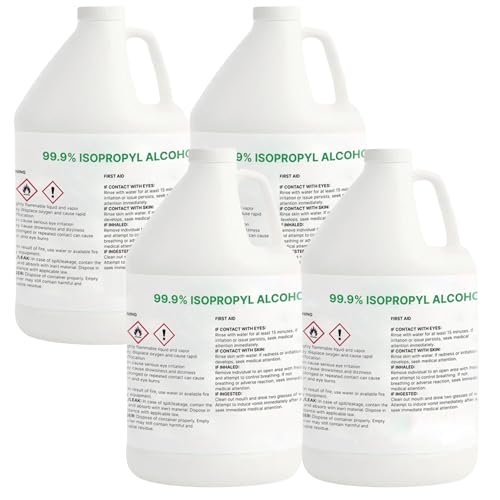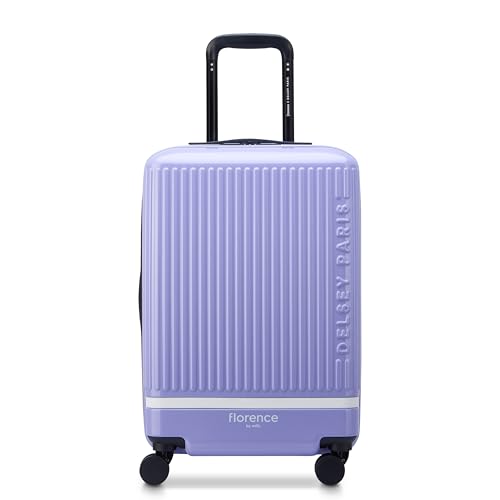



For achieving a pristine surface on your travel bags, rubbing alcohol is an excellent choice. Dampen a soft cloth with the solution and gently rub the affected area until the adhesive lifts off. Ensure to test on a discreet section first to avoid any damage.
Another reliable method involves using a commercial adhesive remover. Apply a small amount on a cotton ball, and carefully dab the area, allowing it to sit for a minute before wiping away with a clean cloth. Rinse the section with water afterwards to eliminate any remaining chemicals.
In cases where the residue proves stubborn, a mixture of warm water and baking soda can work wonders. Create a paste, apply it to the sticky spot, and let it sit for about 15 minutes. Scrub gently with a soft brush and rinse thoroughly.
For delicate materials, consider employing a hairdryer. Use low heat to soften the adhesive, making it easier to peel away with minimal effort. Be cautious not to overheat, as this could lead to damage.
Strategies for Dismantling Adhesive Marks on Travel Bags
Utilize rubbing alcohol on a clean cloth, gently blotting the affected area to break down the sticky substance. Be cautious with the material to avoid damage.
Alternatively, apply a small amount of cooking oil or baby oil. Let it sit for several minutes, then wipe away with a soft cloth, restoring the surface of your bag.
Vinegar also offers a natural method. Mix equal parts of vinegar and water, dampen a cloth, and gently rub the area. Follow up by cleaning with soap and water.
| Method | Materials Needed | Steps |
|---|---|---|
| Rubbing Alcohol | Cloth, Rubbing Alcohol | Blot gently with a cloth soaked in alcohol. |
| Cooking Oil | Cloth, Cooking Oil | Apply oil, let it sit, then wipe away. |
| Vinegar Mix | Cloth, Vinegar, Water | Mix, dampen cloth, rub area, then wash with soap. |
Testing any solution on a discreet area is advised to prevent unintended harm to the bag’s finish. After cleaning, rinse with clean water if necessary, ensuring no cleaning agents remain. Finally, dry with a soft cloth to restore the shine.
Choosing the Right Adhesive Remover
Select a product specifically designed for sticker and adhesive removal. Solvents like isopropyl alcohol or acetone can be effective, but are best used with caution to avoid damaging surfaces. Test in an inconspicuous area first.
Natural Alternatives
Consider using household items such as vinegar or olive oil. Apply these on a soft cloth and gently rub the area. Allow a few minutes for the substance to penetrate before wiping clean.
Commercial Options
Look for commercially available adhesive removers, which can be found at supermarkets or online. Popular brands often offer formulations that are safe on various materials and provide quick results. Read labels for specific usage instructions.
Preparing Your Luggage for Cleaning
Inspect the surface of your suitcase thoroughly to identify areas needing attention. Remove all belongings, including any removable partitions, to ensure a thorough clean. Check for foreign objects or damage that might require additional care.
Test the Material
Choose a small, inconspicuous area to test your cleaning method before applying it widely. This will help determine if the approach affects the material’s texture or color adversely. Allow it to dry completely to assess the results.
Gather Necessary Tools
Assemble soft cloths, mild cleaning solutions, and any specialty products recommended for the specific luggage material. Having everything ready will streamline the entire process and help achieve the desired outcome without delays.
Step-by-Step Removal Process
Utilize a hairdryer on a low heat setting to gently warm the area with the adhesive. This will soften the material, making it easier to lift off. Keep the hairdryer moving to prevent overheating any one spot.
Gently scrape the adhesive with a plastic scraper or credit card, applying light pressure to avoid damaging the surface. Ensure you work slowly to lift the material away without tearing it.
Apply a small amount of chosen adhesive solvent onto a microfiber cloth. Dab the cloth on any remaining glue spots, allowing it to soak for a few minutes. The solvent will help dissolve the sticky remains.
Wipe the treated areas with a clean section of the microfiber cloth, using a circular motion to avoid spreading the mess. Repeat the solvent application if necessary.
After clearing all traces, wash the surface with warm soapy water to eliminate any solvent. Rinse with a damp cloth and dry thoroughly with a soft towel to ensure no moisture is left.
Final Touch
Inspect the cleaned areas once more to confirm all sticky materials are gone. For any persistent spots, repeat the previous steps until satisfied with the result.
To maintain the condition of the item, consider applying a protective spray or conditioner specifically designed for the material type of your belongings.
Preventing Future Adhesive Build-Up
To avoid future challenges with sticky substances on your travel bags, consider taking proactive measures both during and after your trips.
Selecting Proper Materials
- Choose luggage made with non-porous materials that resist adhesive sticking.
- Opt for options like best luggage without chemicals amaxon, which are designed to be easier to clean.
Storing Luggage Wisely
- Keep your bags in a clean, dry place to minimize exposure to substances that might transfer.
- Use protective covers to shield the exterior from contact with any sticky items.
Consider using a best pressure washer spray gun for thorough cleaning of your luggage if needed, ensuring that you remove any potential contaminants early.
Post-Trip Care
- Inspect your items immediately after returning from trips to catch any adhesive contamination.
- Wipe down surfaces with gentle cleaners suitable for your luggage material.
- Avoid placing labels or stickers directly on the luggage; use removable tags instead.
By implementing these strategies, you can significantly reduce the likelihood of sticky challenges occurring in the future. For outdoor trips, investing in durable protective gear like the best umbrella for stone table can further safeguard your belongings from other types of damage.







